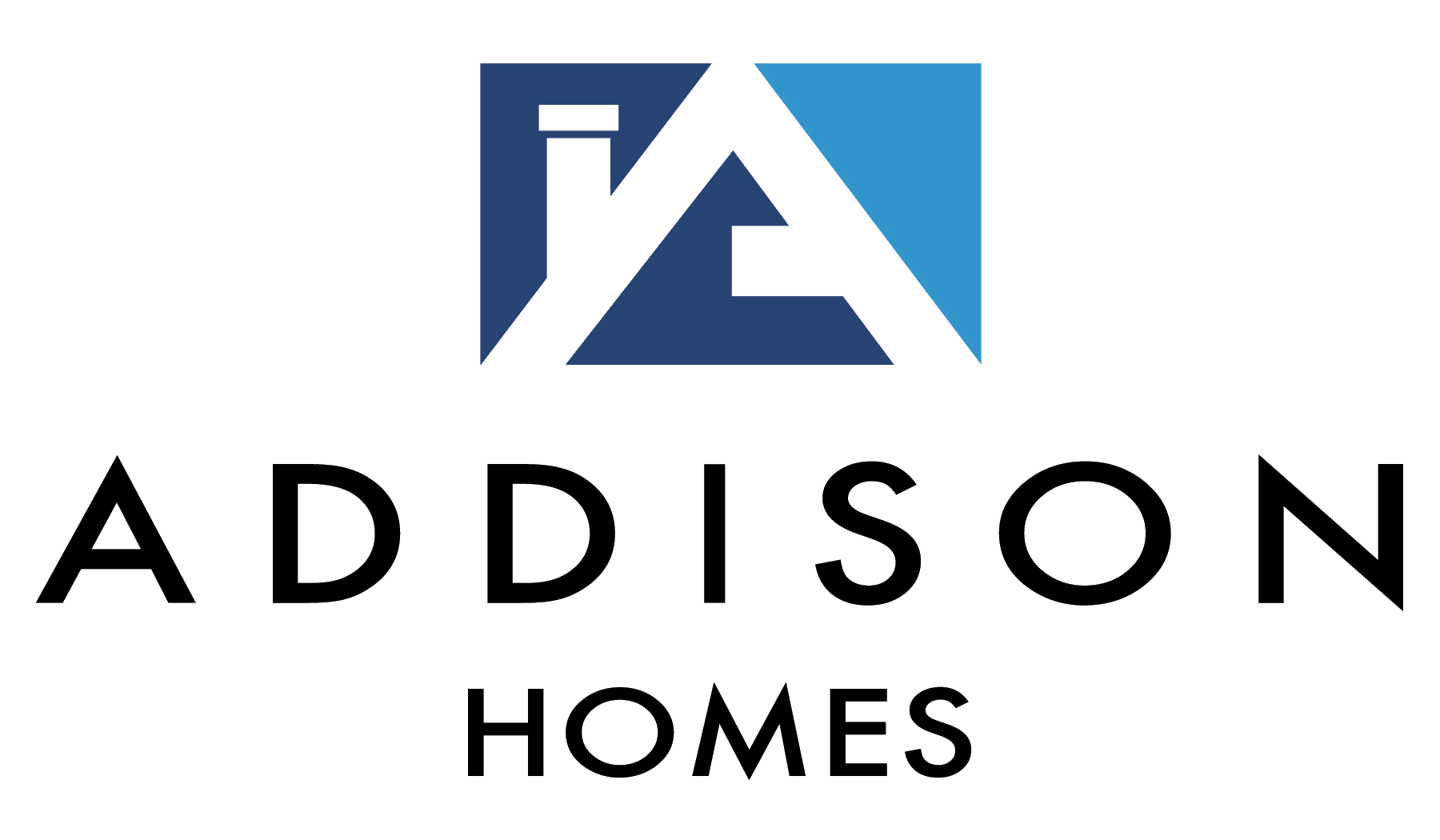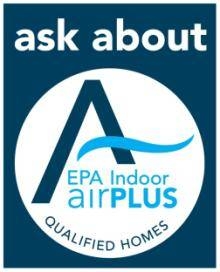- Our Building Philosophy
- Our Process
- Home Plans
- Our Work
- Reviews & Awards

Health-conscious families are increasingly concerned about mold, radon, carbon monoxide and toxic chemicals in their homes. That's because poor indoor air quality can lead to eye irritation, headaches, allergies, asthma and other serious health problems.
But you can breathe easy living in a home that's certified to the EPA's Indoor airPLUS standard.
What does it take for a home to earn the Indoor airPLUS label? First, the home must be ENERGY STAR certified; then, builders incorporate the following design and construction features to protect the home from airborne contaminants:
Mold and Moisture Control: Excess moisture breeds mold, attracts pests and deteriorates building materials. Mold is a common trigger for allergy and asthma symptoms. Indoor airPLUS homes use moisture-resistant building materials and feature improved roof, wall and foundation drainage to keep water where it belongs — outside of the home.
Efficient Heating, Ventilating, and Air Conditioning Systems (HVAC): Poorly designed and installed HVAC systems can lead to comfort and air quality problems. Indoor airPLUS homes start with properly engineered HVAC systems – as required by ENERGY STAR – then add enhanced filtration; additional dehumidification capacity; and inspection of air handling systems and duct work to ensure they are clean, free of debris, and provide adequate airflow.
Combustion Venting: Fuel-burning appliances can release dangerous gases, like carbon monoxide. All combustion appliances in an Indoor airPLUS labeled home are specially vented to prevent back drafting of pollutants into the home. In addition, carbon monoxide alarms are placed in each sleeping area.
Building Materials: Many building materials release chemicals (often called volatile organic compounds, or VOCs) into the indoor air, sometimes long after the home is constructed. Indoor airPLUS homes use no-VOC or low-VOC paints, carpets, and low-formaldehyde manufactured wood products.
Pest Management: Rodents, cockroaches and other pests can trigger allergy and asthma symptoms. Indoor airPLUS homes seal or screen pest entry points, reducing the need for pesticide use.
Radon Resistance: Radon is the second leading cause of lung cancer. In high-radon zones, Indoor airPLUS homes are built using radon-resistant construction techniques.
Click HERE for more information about Indoor airPLUS.

